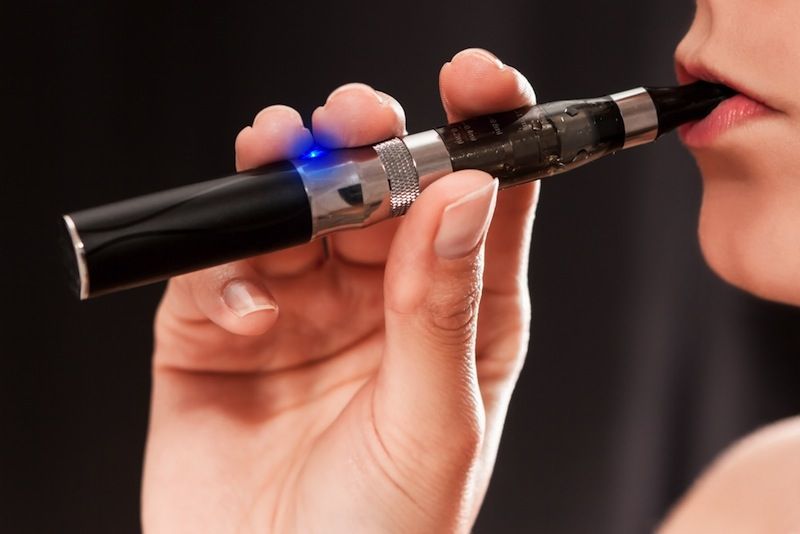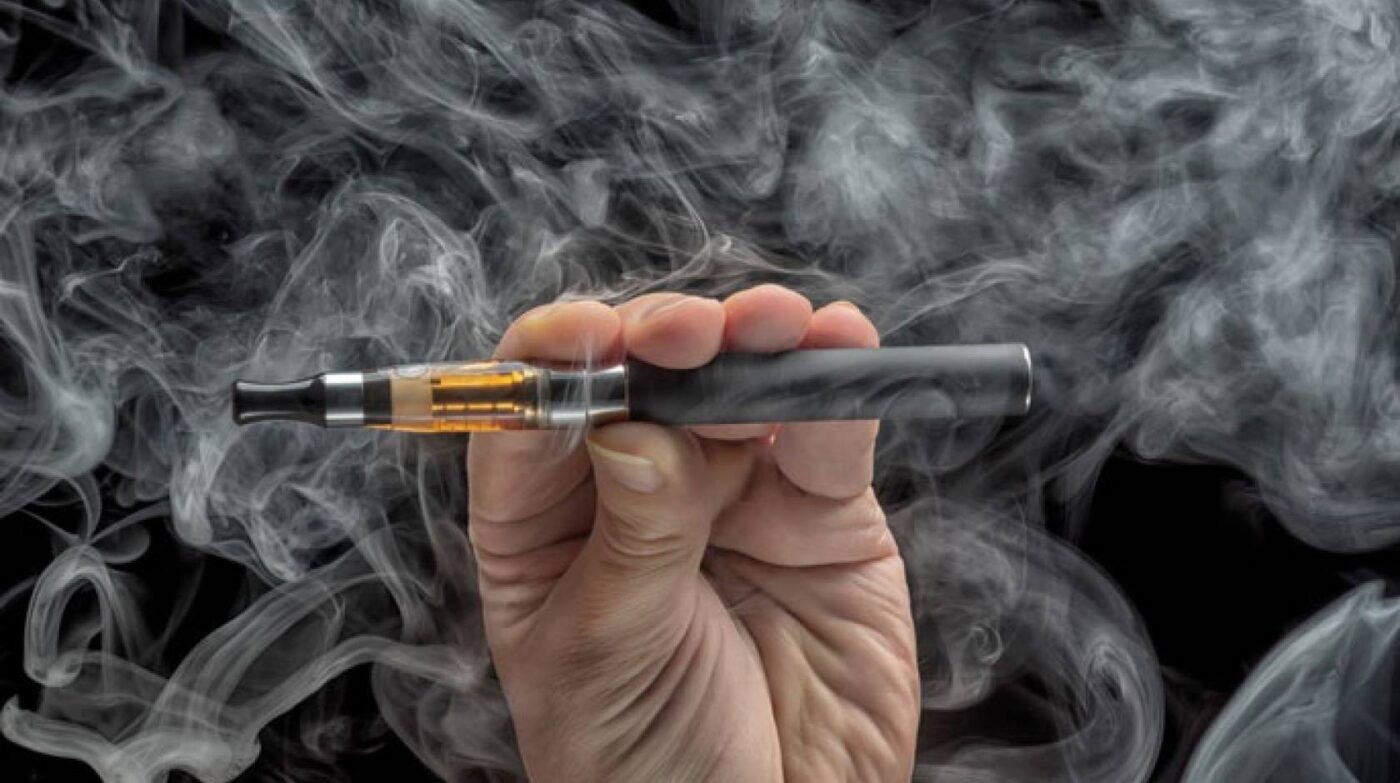Key Facts About Vaping Everyone Should Be Aware Of

For years, vaping has been actively promoted by e-cigarette manufacturers and even endorsed by some health organizations as a safer alternative to smoking. This advocacy has prompted many smokers to switch to vaping, contributing to a global increase in vape users.
Canada has also seen a rise in e-cigarette usage across all demographics, including youth who often use these devices for socializing and other purposes. Manufacturers have capitalized on this trend by expanding their product lines with a variety of flavors and nicotine strengths, resulting in heightened sales.
To grasp the current landscape of vaping both in Canada and globally, understanding key statistics is crucial. These figures shed light on the growth, consumption patterns, sales data, and demographic preferences associated with vaping.
Key Vaping Statistics
In Canada, e-cigarettes were introduced in 2004 primarily to provide smokers with an alternative nicotine source. Despite ongoing concerns about their long-term health effects, manufacturers continue to market e-cigarettes as a safer option compared to traditional tobacco products. They have innovated with diverse flavors, nicotine concentrations, and more compact designs to attract both adult smokers and young users.
Research and surveys conducted by various agencies and organizations aim to monitor the use of e-cigarettes among Canadians, track evolving trends, and assess the size of the vaping market. This data is essential for policymakers and public health experts to understand the impact of vaping on society and formulate appropriate regulations.
Vaping Trends Among Adults and Young Adults in Canada
The prevalence of vaping among adults in Canada is notably lower compared to young adults. According to the 2022 Canadian Tobacco and Nicotine Survey (CTNS), approximately 1 in 10 Canadians aged 20 to 24 use vapes daily, whereas the figure drops to 1 in 50 for Canadians aged 25 and older.
Several factors contribute to this disparity. Many adults transitioning from traditional smoking are accustomed to the rapid nicotine livraison of cigarettes, which some e-cigarettes may not match. Additionally, the absence of tobacco in e-cigarettes can deter adult smokers who associate nicotine satisfaction with tobacco’s presence.
While e-cigarettes now offer tobacco-flavored options, some adult users find them less fulfilling than traditional tobacco products. They perceive vaping as less natural and potentially riskier than smoking due to the lack of authentic tobacco ingredients.
Conversely, young adults often embrace vaping as an alternative to traditional tobacco products, drawn by its accessibility and variety of flavors. Many young users have not previously used cigarettes and are attracted to vaping for stress relief and the pleasurable sensation of nicotine delivery.
Overall, while vaping serves as a smoking cessation tool for some adults, its appeal among young adults stems from accessibility, flavor diversity, and perceived stress reduction benefits.
Teen Vaping Trends in Canada
The prevalence of vaping among Canadian teens surpasses that of adult users, positioning Canada among the global leaders in teen vaping rates. According to 2022 data from CTNS, approximately 1 in 15 youths aged 15 to 19 use vaping devices daily. Many of these teens have never smoked traditional cigarettes, indicating a unique appeal of vaping among youth.
The Canadian Student Tobacco, Alcohol and Drugs Survey by Health Canada reveals that nearly 1 in 4 older Canadian high school students have experimented with e-cigarettes. What’s concerning is the ease with which teens access vaping products, despite legal restrictions prohibiting sales to those under 18.
CTNS identifies social sources as a primary means for teens to obtain vaping devices and liquids. These sources include acquiring products from family members or friends, asking others to purchase on their behalf, or borrowing devices from acquaintances.
In terms of preferences, over half of Canadian teens favor fruity flavors when choosing vaping products. This preference highlights a significant consumer trend among youth in the vaping market.
Why Teens Initiate Vaping: Understanding the Reasons
There are several common motivations behind why teenagers begin vaping.


Initially, many view vaping as a method to alleviate stress. As adolescents transition into teenage years, they often encounter heightened stress from factors such as peer pressure, academic demands, familial expectations, and social interactions. Vapes containing nicotine in e-liquids offer a quick relaxation effect, albeit temporary. This fleeting calmness encourages teens to vape repeatedly to manage their stress levels.
Curiosity also plays a significant role in teens experimenting with vaping. Adolescents, naturally curious about new experiences, may be exposed to vaping through peers or media. The diverse array of flavors available in e-liquids presents an appealing alternative to the strong taste and odor of traditional cigarette smoke. This variety encourages teens to explore different flavors until they find ones they enjoy.
Moreover, peer influence heavily contributes to teenage vaping habits. Dr. Laura Struik’s recent study in Addictive Behaviors Reports highlights that peer pressure can prompt teens to start vaping. When surrounded by peers who vape and normalize its usage, adolescents may feel compelled to join in to fit in or avoid feeling left out. The social appeal of vaping as a trendy activity further reinforces its attractiveness among teens.
The Rising Popularity of Vaping
The World Health Organization (WHO) reports a gradual decline in global smoking rates, attributed to increased awareness of the health risks associated with cigarettes. Measures like public smoking bans and higher taxes have contributed to this decline. Conversely, vaping has surged in popularity over the past decade. In 2011, approximately 7 million people were using vape products worldwide. By 2021, this number skyrocketed to 82 million, with the Americas alone accounting for 16.8 million users, according to the Global State of Tobacco Harm Reduction (GSTHR).
Among younger demographics, vaping has become particularly prevalent. In the United States, for instance, the Centers for Disease Control and Prevention (CDC) noted that in 2023, a significant portion of middle and high school students used e-cigarettes, often opting for disposable varieties or those with prefilled or refillable pods. Factors contributing to this trend include aggressive marketing by manufacturers, the availability of flavored products, social influences, and the addictive nature of nicotine.
Beyond its growing user base, vaping has also emerged as a substantial economic force. The global market for e-cigarettes was valued at USD 27.8 billion in 2023, driven predominantly by markets in the United States, United Kingdom, and France, which collectively spent over USD 10 billion on vape products in 2018. Projections suggest that by 2032, the global market could exceed USD 66.2 billion, underscoring vaping’s rapid ascent in both popularity and market value.
Vaping Trends Across Age Groups
When examining vaping trends across different age demographics, adolescents and young adults emerge as the primary demographic for e-cigarette consumption.
Various studies indicate a significant rise in vaping among teenagers and young adults. A WHO/Europe report highlighted that 32% of teenagers, particularly 15-year-olds, had experimented with e-cigarettes at least once. Moreover, 20% of them had used e-cigarettes within the past month. In comparison, only 25% of 15-year-olds had tried traditional cigarettes, with 15% reporting recent use.
Among 13-year-olds, 16% had tried e-cigarettes, compared to 11% who had experimented with traditional cigarettes. Additionally, 9% of 13-year-olds reported vaping within the past 30 days, while 5% had smoked cigarettes during the same period.
In Canada, 30% of individuals aged 15 to 19 had tried vaping by 2022, with one in seven using e-cigarettes regularly within this age group. Peer pressure, social influences, curiosity, and stress relief were identified as significant factors contributing to high rates of vaping among teens.
Young adults aged 18 to 24 globally exhibit the highest prevalence of e-cigarette use, with 11% actively vaping. Notably, 47.5% of Canadian young adults had tried vaping, with one in five regularly using e-cigarettes. Many in this age group use e-cigarettes during breaks and to alleviate stress.
In contrast, adult e-cigarette use remains relatively low and stable since 2012, with only 6% of the total vaping population being adults. In Canada, 14.7% of adults aged 25 and older had tried vaping, with one in 50 using e-cigarettes regularly. Adults in this age range often view vaping as a smoking cessation aid, helping them manage nicotine dependency.
Overall, while vaping rates vary across age groups, adolescents and young adults consistently represent the largest consumer base for e-cigarettes, driven by social factors and perceived benefits such as stress relief.
Current Trends in Vaping Expenditure
The expenditure on purchasing vapes has surged dramatically across Canada.
In 2024, Statista forecasts that Canada’s e-cigarette market will achieve a projected revenue of USD 1.4 billion. Absent unforeseen governmental and international interventions, this market anticipates an annual growth rate of 3.76%. The escalating demand for superior smoking alternatives stands out as a primary driver of this market expansion.


Conversely, traditional cigarette revenues in Canada are projected to reach USD 12.3 billion this year, with a sluggish annual growth rate of 1.10%. Notably, cigarette sales have plummeted from 42 billion sticks in 2001 to just 21 billion in 2021.
The well-documented health hazards linked to cigarette smoking, including lung cancer and cardiovascular diseases, have propelled vaping’s ascent as a perceived safer option.
Despite conflicting medical opinions on vaping’s safety, the burgeoning sales of vapes and e-liquids, alongside a proliferation of vaping retailers and brands across Canada, underscore its profitability. For instance, between 2016 and 2019, Ontario alone saw a rise in vaping retailers from 5,999 to 7,355.
Moreover, approximately 60% of urban neighborhoods in Canada now host one or more vaping retailers within a kilometer radius, including schools and educational institutions.
Brands like Elf Bar, Juul, Vuse, and blu have aggressively entered the Canadian market, offering diverse vape models to attract consumers.
Despite governmental health advisories cautioning against vaping, including concerns over vaping-related pulmonary illnesses, sales continue to soar. To curb youth access, the Canadian government has imposed additional taxes on vape pods, effective July 1, to generate CAD 310 million over five years while aiming to decrease youth vaping rates.
Global Vaping Trends
In the 1960s, nearly half of Americans were regular smokers of cigarettes and other tobacco products. Since then, there has been a notable decline in traditional smoking rates, largely due to the increasing popularity of vaping.
Vaping has gained momentum worldwide thanks to compelling marketing strategies by manufacturers and the proliferation of vape shops. Positioned as a safer alternative to smoking, vaping has garnered substantial appeal among both adults and youth.
However, the prevalence and regulation of vaping vary significantly from country to country. Some nations have adopted permissive attitudes towards vape sales, while others enforce stringent restrictions or complete bans on vaping products.
Currently, 34 countries have implemented bans on vaping products, including Brazil, India, Iran, and Thailand. Despite efforts to regulate or prohibit vaping, enforcement has proven challenging in many regions, leading some consumers to seek e-cigarettes through illicit channels, exacerbating health risks.
Conversely, 74 countries have no specific regulations governing the sale or use of vaping devices, allowing unrestricted access to these products for consumers within those nations.
Which Countries Have the Highest Vaping Rates?
According to data compiled by Emerald Insight, the global number of e-cigarette users reached approximately 82 million in 2021, spread across different regions.
The Eastern Mediterranean region accounted for 9.2 million e-cigarette users, while Africa had 5.6 million. In Europe, the figure was notably high at 20.1 million users, followed closely by the Americas with 16.8 million. The Western Pacific region reported 16.0 million users, and Southeast Asia had 14.3 million e-cigarette users.
The Global Adult Tobacco Survey highlighted the countries with the highest prevalence of vaping.
Leading the list is Russia, which has seen a significant rise in e-cigarette use alongside traditional tobacco consumption. Russia’s policy allows various flavors and disposable vapes, with only minors prohibited from purchasing vaping devices.
Following closely is Romania, where efforts to curb smoking have pushed many towards e-cigarettes. The government has implemented measures such as banning flavored vapes and vending machines selling e-cigarettes, involving educational institutions in regulating their use.
Greece ranks third globally in vaping prevalence, with a substantial number of users being current or former smokers. Greece has not restricted disposable vapes and allows e-cigarettes in public places, contributing to its growing popularity.
These statistics underscore the diverse global landscape of vaping trends and the varied regulatory approaches countries are taking to manage their use.
Comparing Vaping Policies in Canada
While Canada doesn’t rank among the top countries for vape usage globally, it faces challenges in regulating access to vaping products, particularly among teenagers.
One significant issue Canada grapples with is the rising prevalence of vaping among teens, particularly those aged 15 to 19. Despite laws prohibiting the sale of vaping products to individuals under 18, teenagers often obtain them through older friends and family members.
A lack of comprehensive federal regulations exacerbates the situation. Although the government has proposed measures such as banning flavored e-cigarettes, a definitive federal flavor ban has yet to materialize.
Nevertheless, Canada has implemented legislation aimed at safeguarding both vapers and non-vapers. For instance, amendments to Federal Bill S-5 integrate vaping under the Non-smokers’ Health Act, restricting vaping in public places like schools, hospitals, and workplaces.
Moreover, strict regulations govern vaping products. These include limits on nicotine content (not exceeding 20mg/ml), mandatory health warnings on packaging, adherence to labeling requirements, and submission of product sales and ingredients data to Health Canada.
Despite ongoing regulatory efforts, the long-term health effects of vaping aerosols remain uncertain, prompting continued scrutiny and adaptation of vaping policies in Canada.
Common Questions About Vaping
What Are Some Key Vaping Statistics?
As of 2021, approximately 82 million people globally were estimated to use vaping devices. The countries with the highest vaping populations include Russia, Romania, and Greece. Currently, 34 nations have restricted or banned vaping, while 74 countries have yet to impose regulations on these products. The global market value of vape pens is projected to reach USD 40 billion by 2023.
What Insights Do Vaping Statistics Provide?
Vaping has rapidly gained popularity, particularly among teenagers and young adults, who view it as a stress-relieving aid and an alternative to traditional tobacco products. The data indicates ongoing expansion in the vape market, underscoring the necessity for continued research and stricter regulatory measures to govern accessibility and usage.
What Percentage of Risk Does Vaping Pose?
Current e-cigarette users face significant health risks. Studies from the School of Public Health and School of Medicine reveal associations such as a 31% increase in asthma risk, 33% increase in chronic bronchitis risk, 57% increase in chronic obstructive pulmonary disease (COPD) risk, and a 69% increase in emphysema risk among users.
What Are the Latest Vaping Statistics in Canada?
In Canada, e-cigarette use is notably prevalent among teenagers and young adults, with 5% of the total population using them daily. The country also reports one of the highest rates of teen vaping globally. Among adults, most users are current or former smokers, with a 3.9% prevalence of vaping in the past 30 days.
What Is the Current Rate of Vaping in Canada?
According to the Canadian Tobacco and Nicotine Survey, 6% of Canadians aged 15 and older reported using vapes in the past 30 days. Teenagers aged 15 to 19 are more likely to vape, with a 14% prevalence compared to 4% among those aged 25 and older. These rates align closely with findings from the Canadian Community Health Survey.
Summary
Vaping has surged in popularity worldwide, marketed as a safer alternative to smoking. Social influences and peer pressure play significant roles in its adoption, particularly among younger demographics. However, widespread misconceptions about its safety contribute to its growing popularity.
The increasing global vaping population and demand for vape products underscore the need for comprehensive research and stringent regulations to mitigate potential health risks associated with vaping.
In Canada, vaping remains prevalent among teenagers and young adults, prompting regulatory measures aimed at protecting users from nicotine addiction and health risks associated with vaping aerosols, while also safeguarding non-users through public use restrictions.


